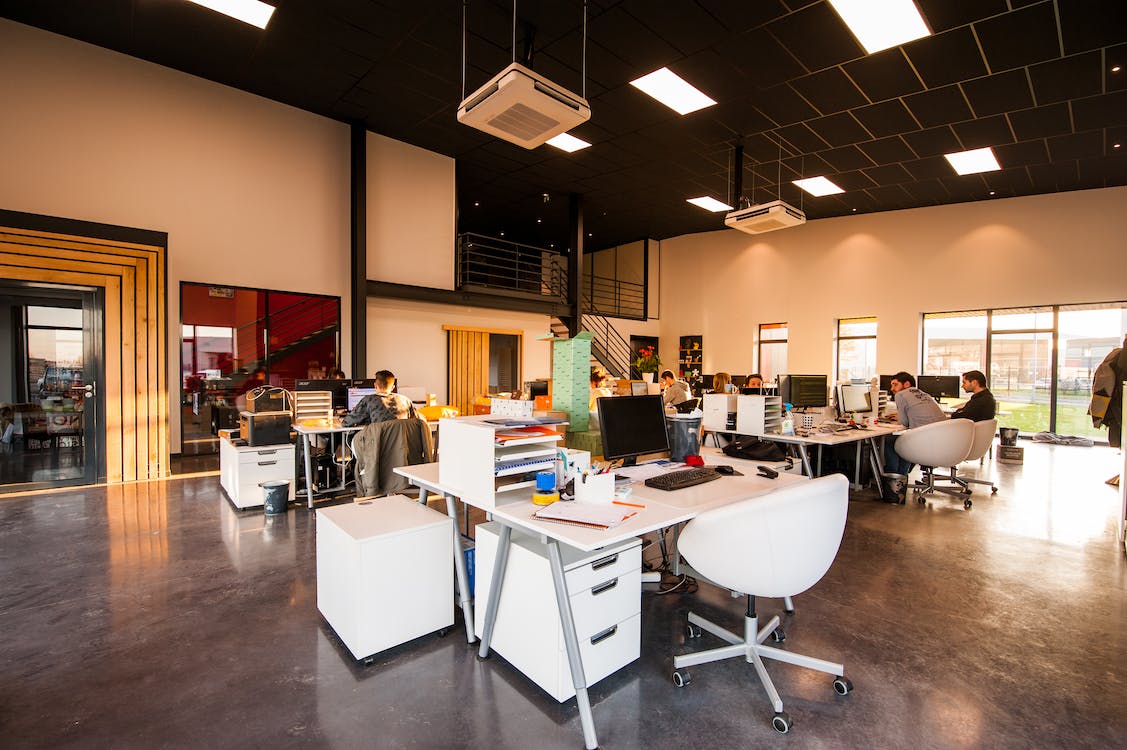When we look back on the year 2020, many changes come to mind: Changes in our family routines; changes in our social interactions; and changes in how we work, to name a few.
The question is: How are we handling this onslaught of change, especially in the workplace?
In 2020, research firm, Gartner, Inc., found that the amount of change the average employee could withstand without encountering “change fatigue” had been cut in half, compared to 2019. (And change fatigue means exactly what you think: Being tired of change.)
The good news is there’s a healthy way to respond to change fatigue—by building resilience. Let’s explore how we can do that.

How we think about resilience
Experts describe resilience as the positive adaptation to adversity. In layman’s terms, it’s the ability to bounce back from challenging, stressful situations. Due to COVID-19, these stressors might have included a sudden shift to remote work or the need to juggle multiple responsibilities, such as caring for a loved one, while also handling your job.
While your ability to adjust to—and recover from—these circumstances is a marker of your resilience, being resilient doesn’t mean you won’t ever feel frazzled or emotionally exhausted. Resilient people still struggle, but they also move forward, typically with more ease than others. But resilience isn’t static—it can change according to your circumstances, experts say. You’ve probably had to flex your resiliency muscles more than ever the past year. And you’re likely stronger because of it.
Why does resilience matter at work?
MetLife’s study, “Mental Health: A Path to A Path to a Resilient Workforce and Business Recovery,” found some fascinating statistics on resilience at work and the effect it has on mental health. When compared to the least resilient employees, the most resilient employees are:

How can you build resilience?
Fortunately, you can cultivate better resilience by adjusting your mindset and habits. Here are three strategies you can put into practice today:
1. Recognize and change negative self-talk
Negative self-talk isn’t only beating yourself up or blaming yourself when something goes wrong. According to experts at Mayo Clinic, it also includes polarizing a situation (seeing things as all good or all bad), catastrophizing it (anticipating the worst case scenario), or filtering it (omitting anything positive and focusing on the negative). Once you notice those thoughts, combat them by practicing positive affirmations; emphasize the things you like about yourself. Also, surround yourself with positive people to help facilitate more uplifting conversation.
2. Prioritize self-care
- Exercise: We know that exercise reduces stress chemicals, like cortisol and adrenaline and produces feel-good hormones, like endorphins. But a recent animal study found that regular exercise can also increase levels of galanin, a chemical associated with resilience to stress.
- Meditate: It can help you become less stressed and more mindful, so you’re better able to frame your circumstances in a positive light, finds one study. Consider making it part of your daily routine.
- Sleep: Getting adequate shut-eye is important for proper brain functioning and can boost your immune system. Plus, if you’re well-rested, you’ll be better enabled to handle whatever issues come your way.

3. Look for ways to give back
It’s hard to focus on yourself when you’re thinking about others. Known as the “helper’s high,” volunteering can boost positive emotions and help decrease the risk for depression.
Luckily, there are ways you can volunteer that are COVID-safe. From sending letters to an isolated senior to tutoring a local student virtually, websites like VolunteerMatch and Idealist can help you find a project that feels meaningful. You can also talk to your coworkers about virtual projects you can do together. The increased social interaction while you’re making a difference is a win-win.
Want to learn more about mental health and the importance of resilience? Download MetLife’s study, “Mental Health: A Path to A Path to a Resilient Workforce and Business Recovery.”












